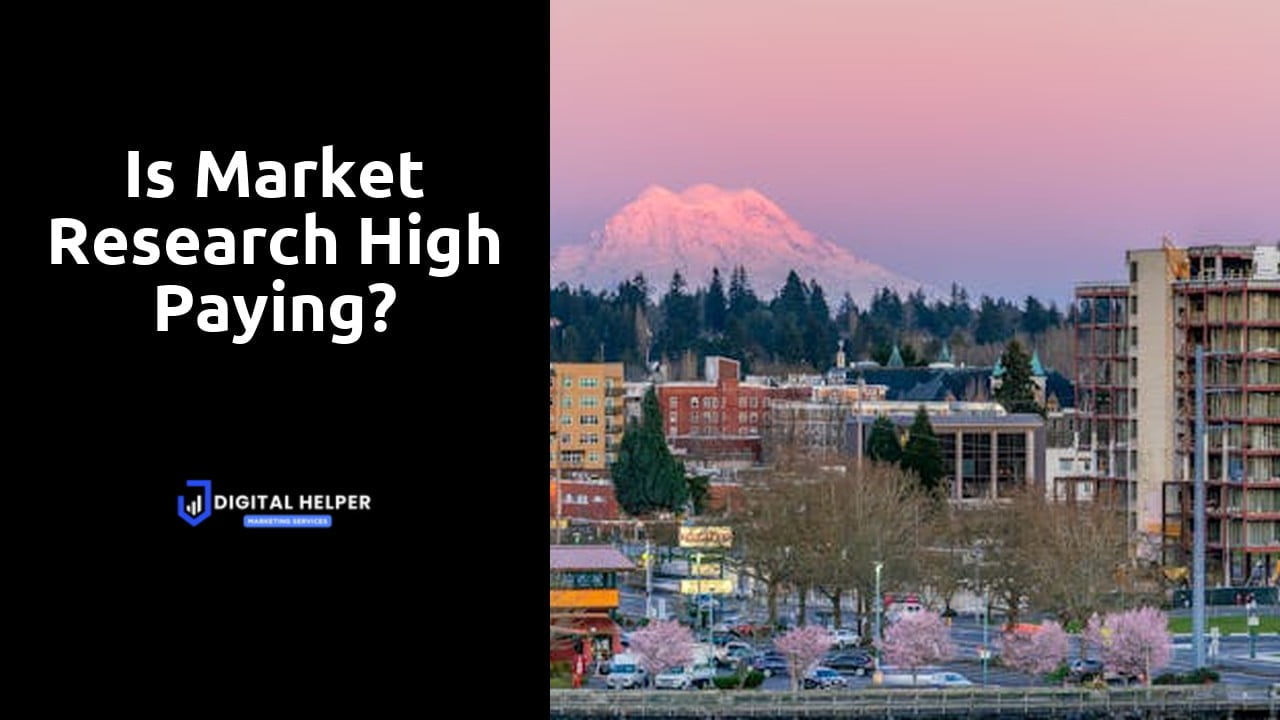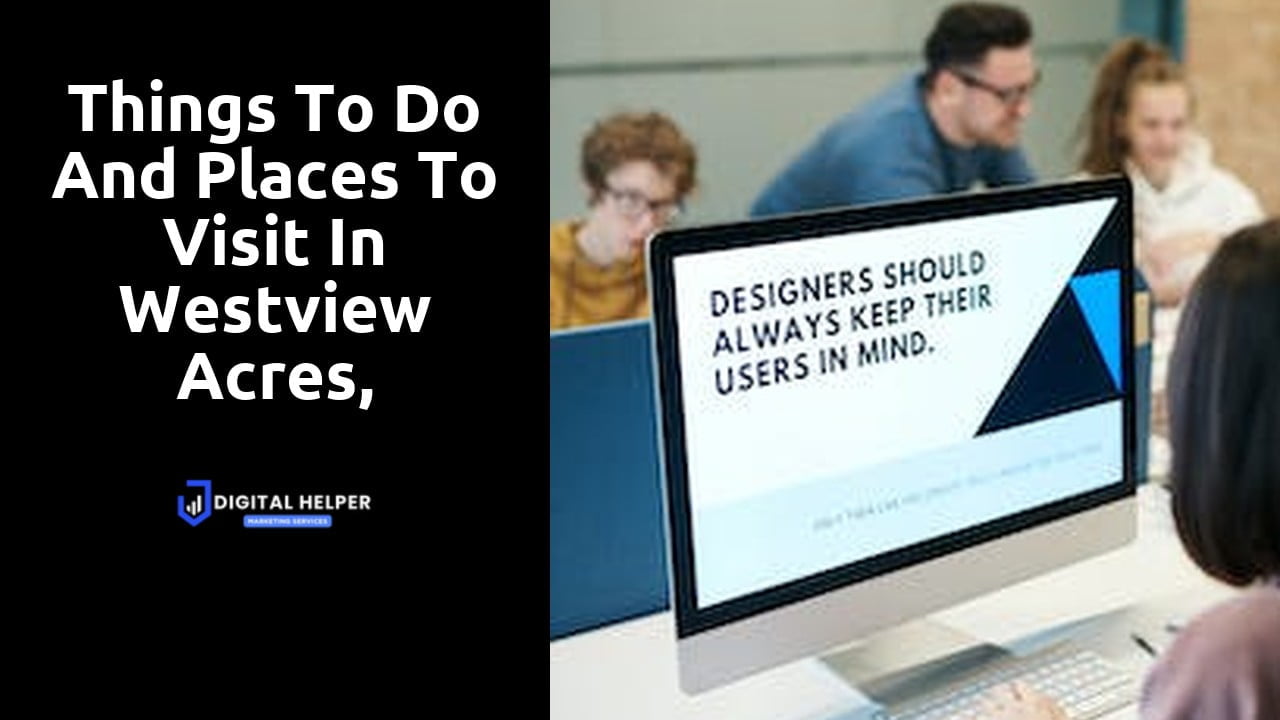Website Design for Nonprofits
Website Design for Nonprofits
Designing a website for a nonprofit organization involves a unique set of considerations and challenges compared to commercial website design. Nonprofits often have limited resources but high aspirations to make an impactful online presence. This article will dive into the key elements of creating an effective website for a nonprofit organization.
Understanding the Goals of Your Nonprofit Website
Before diving into the design process, it’s crucial to understand the primary goals of your nonprofit’s website. These goals might include:
- Raising Awareness: Educate visitors about your cause and the work you do.
- Fundraising: Encourage donations to support your mission.
- Volunteer Recruitment: Attract and sign up volunteers.
- Event Promotion: Publicize events and activities.
- Building a Community: Create a space for supporters to engage and interact.
Clearly defining these goals will guide the design process and ensure that every element of the website supports your mission.
Understanding these goals is foundational to the success of your website. For instance, raising awareness can be achieved through informative and compelling content that educates and inspires visitors. Fundraising efforts can be bolstered by clear calls-to-action and easy-to-use donation systems.
Moreover, recruiting volunteers and promoting events can be streamlined through user-friendly sign-up forms and interactive calendars. Building a community requires providing platforms for interaction, such as forums, comment sections, or social media integrations. By aligning your website’s design with these goals, you can create a cohesive and effective online presence.
Essential Elements of Nonprofit Website Design
Clear and Compelling Mission Statement
Your mission statement should be prominently displayed on your homepage. This statement will inform visitors about your purpose and why your work matters. Consider placing it near the top of the page, coupled with a powerful visual, to immediately capture attention.
A clear and compelling mission statement serves as the heart of your nonprofit’s website. It should be concise yet impactful, summarizing your organization’s core purpose in a way that resonates with visitors. Use emotionally engaging language and visuals to create a strong first impression.
In addition to the homepage, consider incorporating your mission statement into other key areas of your site, such as the About Us section and footer. This repetition reinforces your message and ensures that visitors understand your mission regardless of which page they land on.
User-Friendly Navigation
A well-organized navigation menu is critical. It should be easy for visitors to find:
- About Us: Information about your organization, including history and team members.
- Programs/Services: Details about what you do.
- Get Involved: Ways to volunteer, donate, or participate.
- Events: Upcoming events and how to join.
- Contact Us: Contact information and a form for inquiries.
User-friendly navigation enhances the overall user experience by making it easy for visitors to find the information they need. Keep the navigation menu simple and intuitive, with clear labels and logical groupings. Dropdown menus can help organize subcategories without cluttering the main navigation bar.
Consider implementing a sticky menu that remains visible as users scroll down the page. This ensures that navigation options are always accessible, reducing frustration and improving overall usability. Additionally, include a search bar to allow visitors to quickly find specific content.
Responsive Design
Ensure your website is mobile-friendly. A significant portion of web traffic comes from mobile devices, so your site should look great and function smoothly on all screen sizes.
Responsive design is essential in today’s digital landscape, where users access websites from a variety of devices. Use flexible grids, fluid images, and CSS media queries to create a design that adapts seamlessly to different screen sizes. Test your site on multiple devices to ensure a consistent and user-friendly experience.
Incorporate touch-friendly elements, such as larger buttons and simplified forms, to improve usability on mobile devices. A responsive design not only enhances user experience but also positively impacts your site’s search engine ranking, as search engines prioritize mobile-friendly websites.
High-Quality Visuals
Images and videos can convey your nonprofit’s story powerfully. Use high-quality photos and videos to illustrate your work and its impact. Consider including:
- Photo Galleries: Visuals from events, programs, and impact stories.
- Videos: Testimonials, behind-the-scenes looks, and promotional material.
High-quality visuals create an emotional connection with visitors, making your cause more relatable and compelling. Invest in professional photography and videography to capture the essence of your nonprofit’s work. Showcase these visuals prominently on your homepage and throughout your site.
In addition to static images, consider incorporating interactive elements such as slideshows or video backgrounds to engage visitors. Use captions and descriptions to provide context and highlight the significance of each visual, enhancing the storytelling aspect of your website.
Engaging Content
Content is king, even for nonprofit websites. Create engaging and relevant content that speaks to your audience:
- Blog Posts: Share stories, updates, and educational articles.
- Impact Stories: Highlight real-life examples of how your work has made a difference.
- Infographics: Visually represent data and statistics to illustrate your impact.
Engaging content keeps visitors on your site longer and encourages them to explore further. Regularly update your blog with fresh content that informs, entertains, and inspires your audience. Use a mix of text, images, and multimedia to keep your content dynamic and engaging.
Highlighting impact stories and testimonials humanizes your organization and showcases the tangible results of your efforts. Infographics are a powerful tool for simplifying complex data and making it more accessible to a wider audience. Use them to illustrate key statistics, successes, and milestones.
Key Features for Nonprofit Websites
Donation System
A secure and straightforward donation system is essential. Consider these features:
- Recurring Donations: Allow supporters to set up automatic monthly contributions.
- Multiple Payment Options: Accept credit cards, PayPal, bank transfers, and more.
- Transparency: Show how donations are used, perhaps through a dedicated page or infographic.
A robust donation system is the backbone of your fundraising efforts. Make the donation process as seamless as possible by integrating user-friendly forms and secure payment gateways. Offer multiple payment options to cater to different preferences and ensure a smooth transaction experience.
Transparency builds trust with your supporters. Clearly communicate how donations are used, providing detailed breakdowns and impact reports. Consider adding a donation thermometer or progress bar to visually represent fundraising goals and achievements, motivating donors to contribute.
Volunteer Sign-Up System
Make it easy for people to volunteer their time:
- Sign-Up Forms: Simplified and accessible forms for volunteer registration.
- Volunteer Opportunities: Clear descriptions of available roles and requirements.
- Calendar Integration: Allow volunteers to sign up for shifts or events directly from the calendar.
An efficient volunteer sign-up system encourages more people to get involved. Use intuitive forms that minimize the amount of information required, making the registration process quick and hassle-free. Clearly outline volunteer opportunities, including roles, responsibilities, and time commitments.
Integrate a calendar system that allows volunteers to view available shifts and sign up directly. This streamlines the coordination process and ensures that volunteers have all the information they need. Send automated reminders and confirmations to keep volunteers informed and engaged.
Event Management
Promote your events effectively:
- Event Listings: A dedicated page or section for upcoming events.
- Registration Forms: Easy-to-use online forms for event sign-up.
- Event Updates: Integrate with email marketing tools to send reminders and updates.
Effective event management is crucial for maximizing participation and engagement. Create a dedicated events page that lists upcoming activities, workshops, fundraisers, and more. Use engaging visuals and detailed descriptions to generate interest and excitement.
Simplify the registration process with user-friendly forms that capture essential information. Integrate with email marketing tools to send automated reminders, updates, and follow-ups to registrants. Consider using social media integrations to promote events and encourage sharing among supporters.
Newsletter Sign-Up
Building an email list is vital for keeping your audience informed and engaged:
- Sign-Up Forms: Place these forms in prominent locations, such as the homepage footer, blog sidebar, and dedicated landing pages.
- Opt-In Incentives: Offer something in return for signing up, like a downloadable resource or exclusive updates.
A strong newsletter sign-up strategy helps you maintain regular communication with your supporters. Position sign-up forms in high-visibility areas to capture the attention of visitors. Use compelling calls-to-action that highlight the benefits of subscribing.
Offer incentives to encourage sign-ups, such as exclusive content, downloadable resources, or early access to events. Personalize your newsletters to deliver relevant and engaging content that resonates with your audience, fostering a sense of connection and loyalty.
Best Practices for Nonprofit Website Design
Consistency in Branding
Maintain a consistent look and feel across all pages. This includes:
- Color Scheme: Use your nonprofit’s colors throughout the site.
- Typography: Choose readable fonts and stick to them.
- Logo: Place your logo in a prominent location, such as the top-left corner of every page.
Consistency in branding reinforces your nonprofit’s identity and credibility. Use a cohesive color scheme that reflects your organization’s brand and mission. Stick to a limited palette to create a unified and professional appearance.
Select readable fonts and use them consistently for headings, body text, and other elements. Ensure that your logo is prominently displayed on every page, ideally in the top-left corner, to enhance brand recognition. Consistent branding creates a polished and trustworthy impression.
Search Engine Optimization (SEO)
Improve your website’s visibility on search engines:
- Keyword Research: Identify and use relevant keywords in your content.
- Meta Descriptions: Write compelling meta descriptions for each page.
- Alt Text for Images: Describe images with alt text to improve accessibility and SEO.
SEO is essential for attracting organic traffic to your website. Conduct thorough keyword research to identify terms that your target audience is searching for. Integrate these keywords naturally into your content, headings, and meta descriptions.
Write compelling meta descriptions that accurately summarize the content of each page and include relevant keywords. Use alt text for images to describe their content, improving accessibility for visually impaired users and boosting your site’s SEO performance.
Accessibility
Ensure your website is accessible to all users, including those with disabilities:
- Alt Text for Images: Provide descriptions for images.
- Keyboard Navigation: Make sure the site can be navigated using a keyboard.
- Readable Fonts: Use legible font sizes and contrasting colors for text.
Accessibility is a crucial aspect of website design, ensuring that all users can navigate and interact with your site. Provide alt text for all images to describe their content for screen readers. Ensure that your website can be fully navigated using a keyboard, accommodating users with mobility impairments.
Use readable fonts with sufficient contrast to ensure that text is legible for users with visual impairments. Implement accessibility features such as skip navigation links and ARIA (Accessible Rich Internet Applications) landmarks to enhance the user experience for all visitors.
Analytics and Tracking
Track the performance of your website to understand what’s working and what needs improvement:
- Google Analytics: Set up Google Analytics to monitor traffic and user behavior.
- Conversion Tracking: Track donations, sign-ups, and other key actions.
Analytics and tracking provide valuable insights into your website’s performance. Set up Google Analytics to monitor key metrics such as traffic sources, user behavior, and engagement. Use this data to identify trends, strengths, and areas for improvement.
Implement conversion tracking to measure the effectiveness of your donation systems, volunteer sign-ups, and other key actions. Analyze this data to optimize your website’s design and content, ensuring that it effectively supports your nonprofit’s goals.
Conclusion
A well-designed website is a powerful tool for any nonprofit organization. By focusing on clear communication, user-friendly navigation, compelling visuals, and essential features like donation systems and volunteer sign-up forms, you can create a site that supports your mission and engages your audience effectively. Remember to keep your branding consistent, optimize for search engines, ensure accessibility, and track your performance to continually improve your online presence.
FAQ for Website Design for Nonprofits
1. What are the primary goals of a nonprofit website?
The primary goals of a nonprofit’s website often include:
- Raising Awareness: Educating visitors about the cause and the nonprofit’s work.
- Fundraising: Encouraging donations to support the mission.
- Volunteer Recruitment: Attracting and signing up volunteers.
- Event Promotion: Publicizing events and activities.
- Building a Community: Creating a space for supporters to engage and interact.
2. What essential elements should a nonprofit website have?
An effective nonprofit website should include:
- Clear and Compelling Mission Statement: Prominently displayed on the homepage with a powerful visual.
- User-Friendly Navigation: Easy access to About Us, Programs/Services, Get Involved, Events, and Contact Us sections.
- Responsive Design: Mobile-friendly to ensure smooth functionality on all screen sizes.
- High-Quality Visuals: Images and videos to powerfully convey the nonprofit’s story.
- Engaging Content: Regularly updated content to keep visitors informed and engaged.
3. Why is responsive design important for a nonprofit website?
Responsive design is crucial because a significant portion of web traffic comes from mobile devices. Ensuring that the website looks great and functions smoothly on all screen sizes enhances user experience and accessibility, which can help in achieving the nonprofit’s goals more effectively.
4. How can high-quality visuals benefit a nonprofit website?
High-quality visuals such as photos and videos can powerfully convey the nonprofit’s story, illustrate its impact, and engage visitors emotionally. This can help in raising awareness, encouraging donations, and inspiring volunteer sign-ups. Visuals like photo galleries and videos of testimonials or behind-the-scenes looks can make the organization’s work more relatable and compelling.



